Dragonboard 410c
Enablement
LAVA by default is configured to work with this DUT + LAA setup. If you opt for a different setup you’ll have to change your DUT + LAA device configuration on LAVA.
For the Dragonboard 410c, use the RPi and 96 boards MIB.
MIB
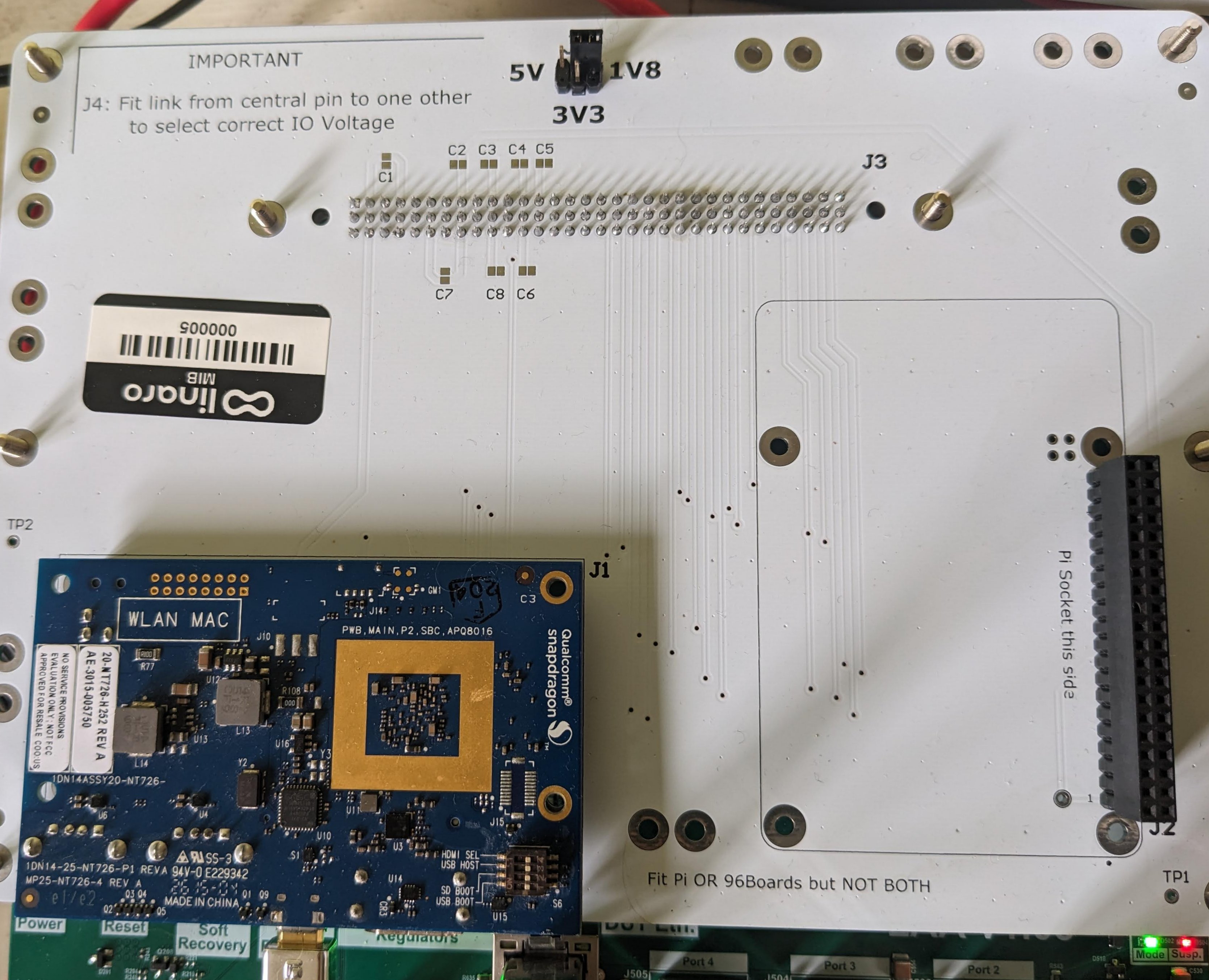
Dragonboard 410c on the LAA/MIB
Configuration
Set the voltage level switch on the top of the MIB to 1v8:
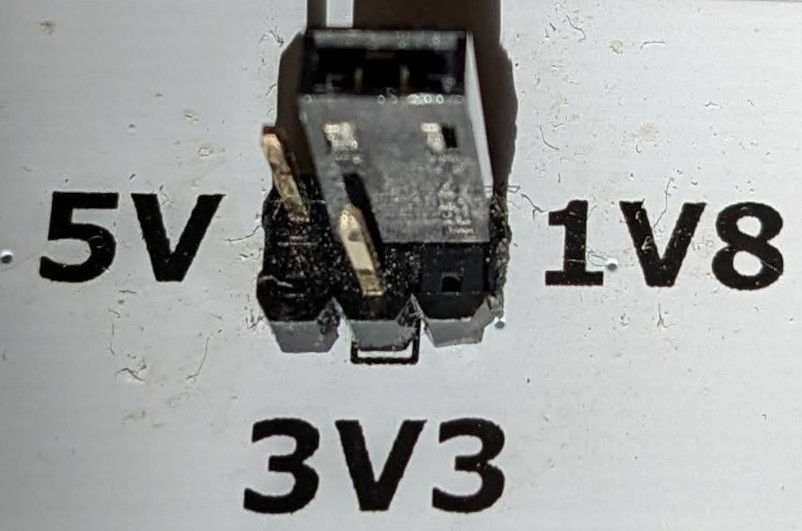
VIO level set to 1v8
96 boards header
Multiple DUTs
Only connect a Raspberry Pi or a 96 board on the MIB, not both at the same time!
Connect the Dragonboard 410c to the 96boards header. The Dragonboard 410c should fit in the printed rectangle.
Standoffs
You can use standoffs to securely attach the board to the MIB.
USB
Connect a Micro USB cable from the LAA USB Port 2 USB DUT port 2 to the Dragonboard 410c micro USB port.
Board boot mode
Set the Boot Mode switches as shown in the picture below:
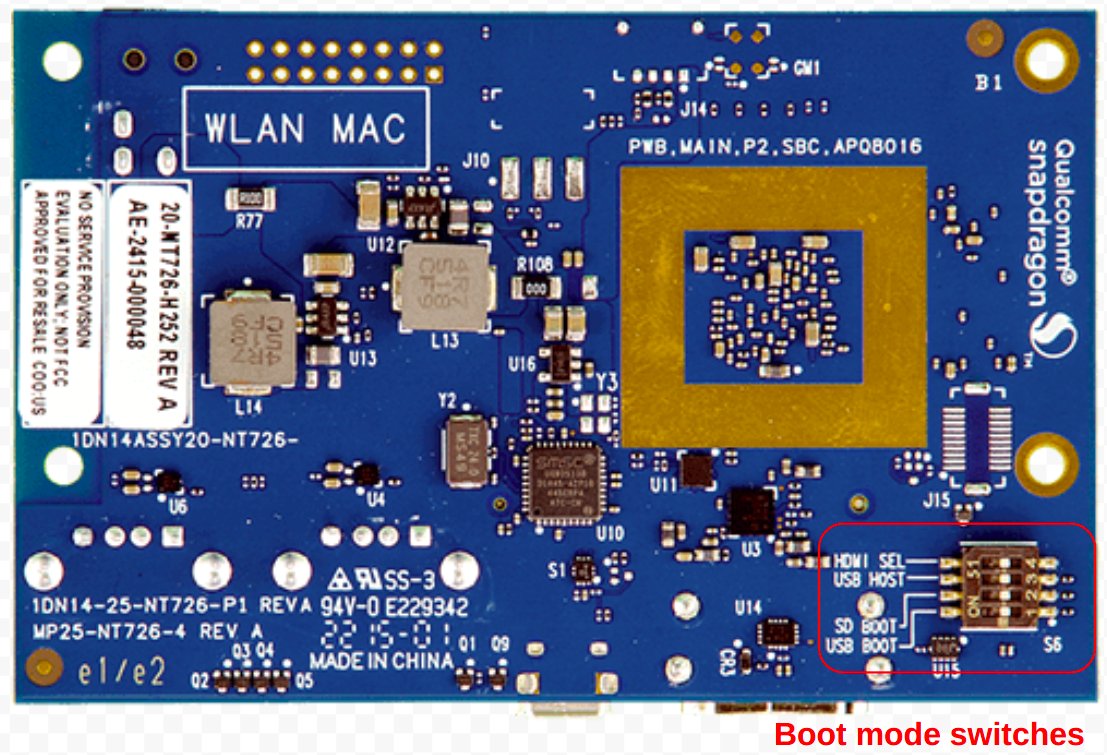
Boot mode switches
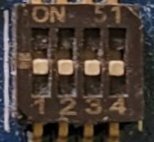
Ensure Boot mode / Number 2 is on (bottom)
Network (USB Ethernet)
The board requires a ethernet cables to pass the health check, and likely to run tests so it is a requirement. It is advisable to use a USB Ethernet adapter. Plug the Ethernet adapter into the Dragonboard 410c USB port, and then use a ethernet cable into the LAA’s networkking.
Optional HDMI Dongle (Android)
A dummy HDMI dongle might be required if you are booting this board into Android. These can be easily purchased, but is required when booting AOSP since it will be expecting a display signal.
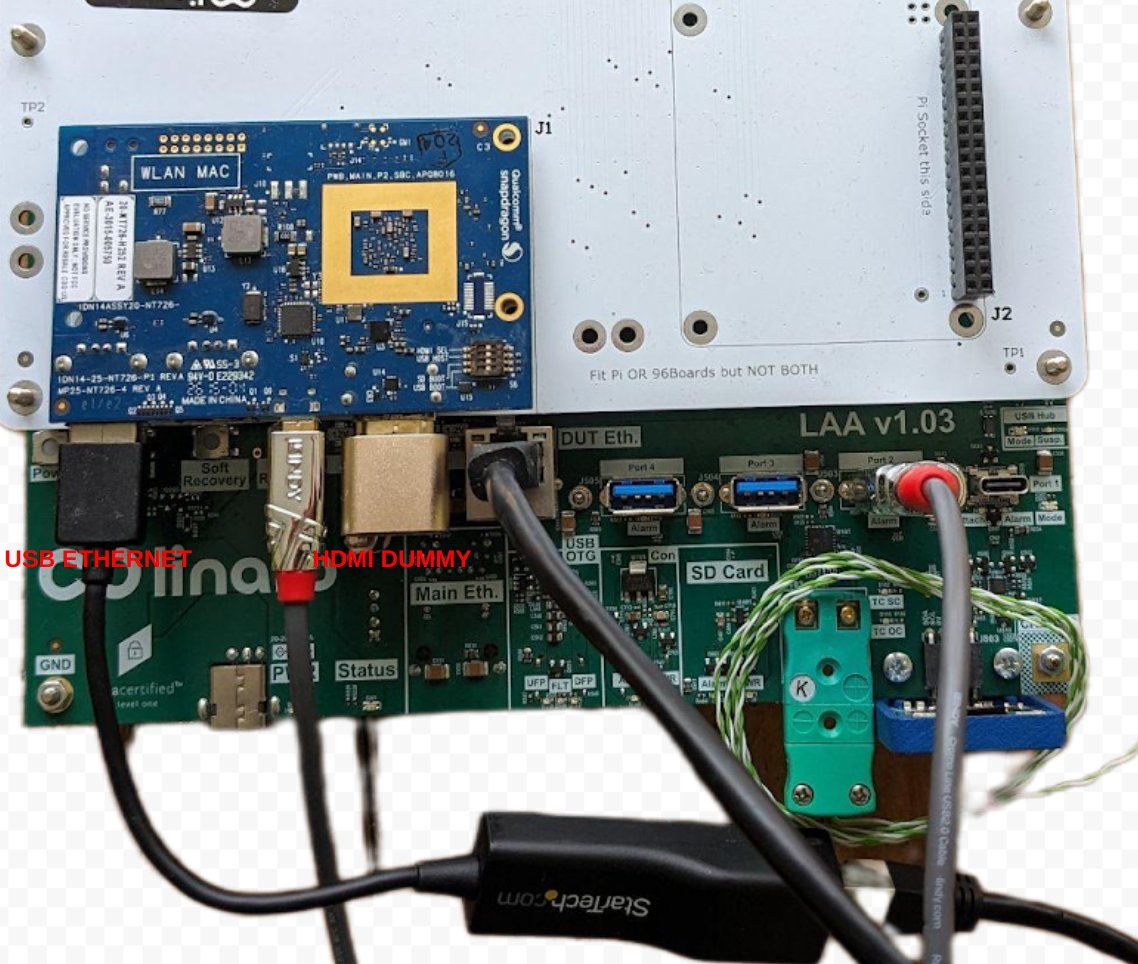
Network connected to the Dragonboard 410c
Software
Fastboot Setup
For LAVA to interact with the DUT, it should boot to fastboot automatically. The Dragonboard 410c is flashed with fastboot by default, which LAVA uses to boot the board.
If issues arise, refer to the getting started guide.
Flashing Firmware
Firmware
Latest Linux build: Download
If the board enters fastboot mode as expected, use the .flashall script from one of the builds above to update the firmware.
If the board does not enter fastboot mode, create a rescue SD card using the rescue image from the same location as the build.
After flashing the firmware, always erase the boot partition to ensure the board starts in fastboot mode:
sudo fastboot erase boot
For additional instructions and troubleshooting, refer to the 96Boards board recovery guide. It covers both SD recovery and QDL methods.